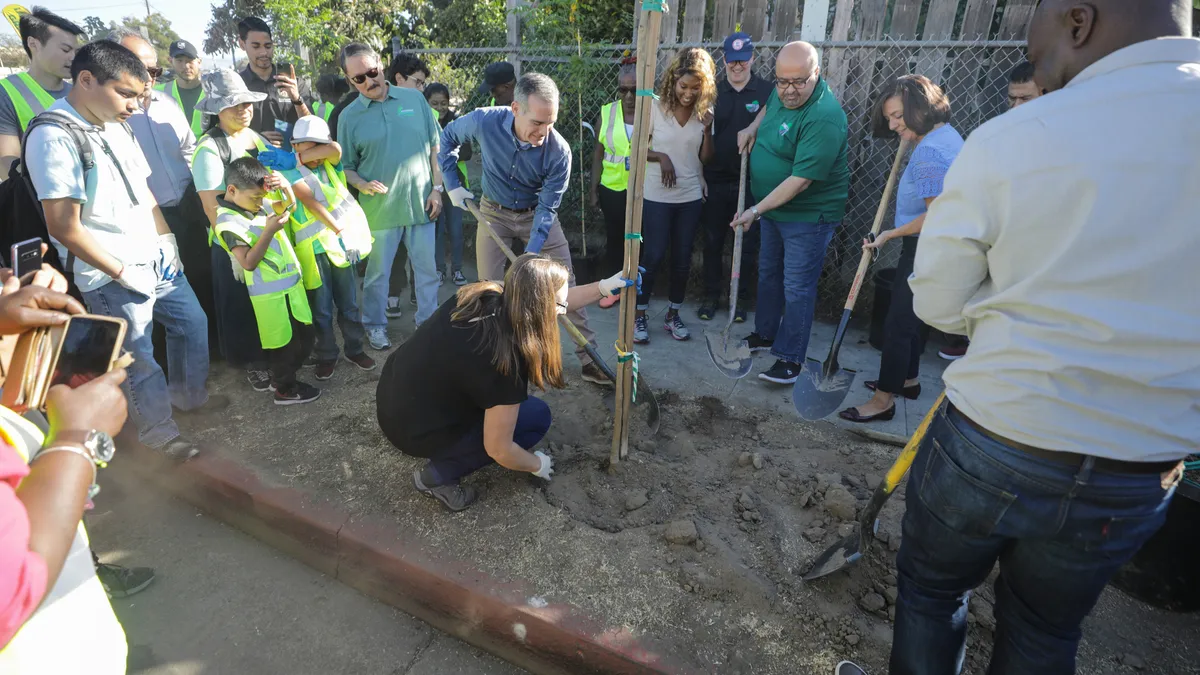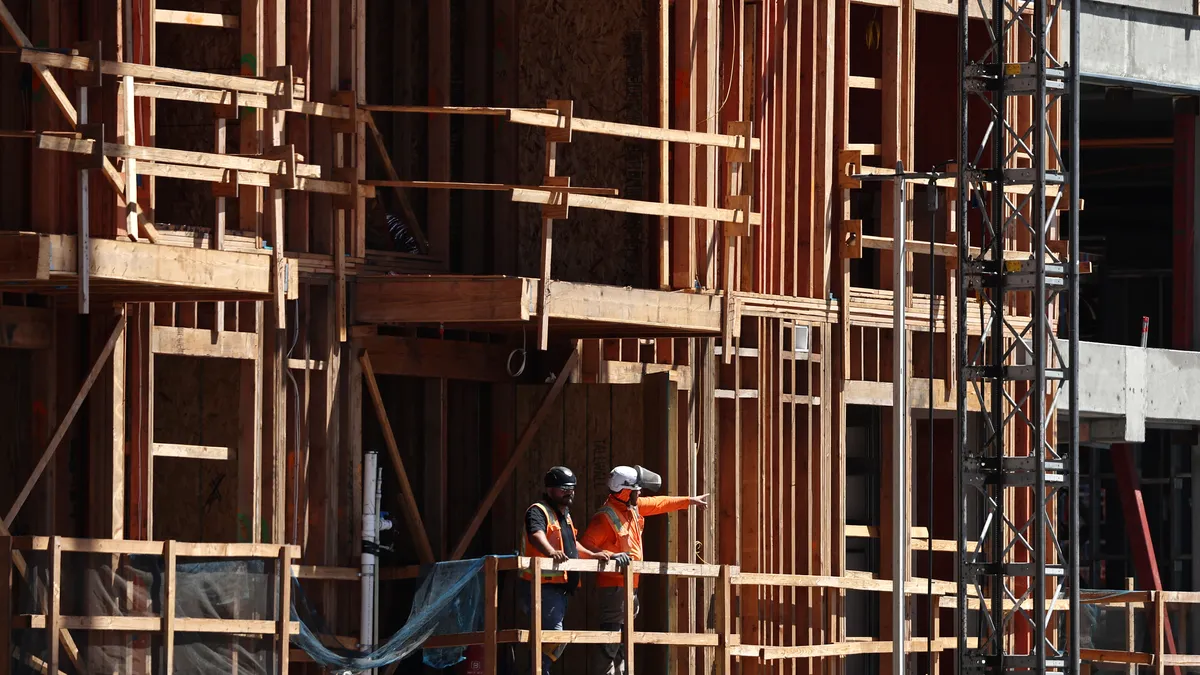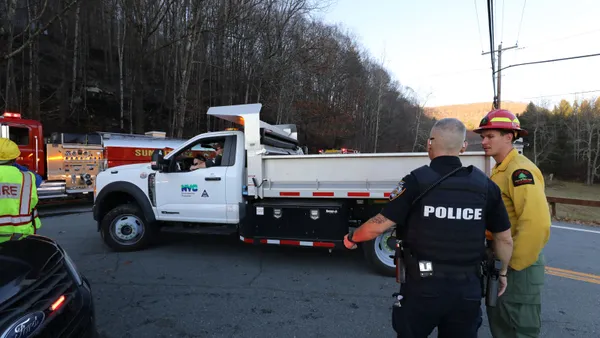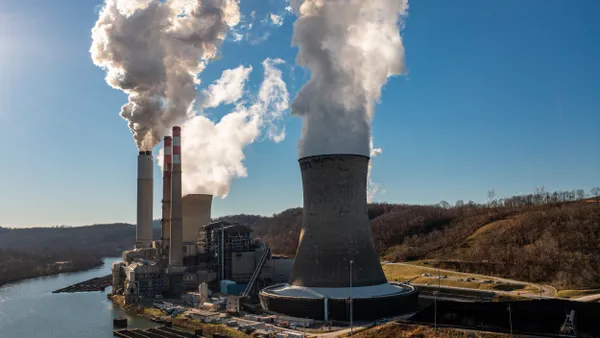Dive Brief:
- Los Angeles is creating a new street tree inventory to guide how it grows and manages the city's urban forest. The inventory comes on the heels of the city's launch of tree planting season.
- The inventory will allow Los Angeles' Bureau of Street Services to collect better data and identify trends while determining the best practices for tree planting. The inventory is a key step in meeting goals laid out in the city's Green New Deal, which include planting 90,000 trees by 2021 and increasing the tree canopy in areas of greatest need by 50% by 2028.
- The planting effort was supported by a state grant that will bring 1,200 trees to Central and South Los Angeles. "In addition to improving neighborhood aesthetics and providing shade, trees help address serious health concerns like asthma, which disproportionately impacts South L.A. residents," said Councilmember Marqueece Harris-Dawson in a statement.
Dive Insight:
Los Angeles has been making headway on tree-related initiatives to mitigate the effects of climate change. Last month the city launched Cool Streets LA, a program designed to reduce temperatures within communities and to diminish a metro area's urban heat island effect. Planting more trees is one of the main cooling measures, along with installing cool pavements and adding more cool roofs. Mayor Eric Garcetti also appointed the first City Forest Officer this summer.
The tree planting and canopy inventory efforts join others listed in the Green New Deal to promote a cleaner environment and more resilient city. The Green New Deal accelerated existing climate goals and added new, more aggressive goals to "meet the magnitude of this [climate] crisis," Mayor Garcetti said in the document.
It also includes the goals of converting the city's vehicle fleet to zero emissions by 2028, ensuring all new buildings are emissions-free by 2030 and ensuring 57% of new housing units are built within 1,500 feet of transit by 2025.
Other cities are also tuning in their environmental efforts to the urban tree canopy. Chicago recently committed to developing a tree canopy inventory, while Washington, DC and Nashville, TN are making similar efforts. Urban forests are shown to benefit human health by reducing air pollution and diminishing stress levels. Leaders are stepping up their efforts to replenish declining tree supplies in many cities, especially those where the population is booming and development causes the destruction of green areas.
Many of the new tree-centric initiatives taking place in Los Angeles reflect the focus on equity put forth in the Green New Deal. The tree planting efforts are starting with and focusing on the traditionally underserved area of South L.A., as is Cool Streets LA.
Low-income parts of cities tend to have fewer green spaces, fewer trees and more polluting infrastructure, all of which cause residents in these communities to disproportionately experience the effects of climate change.











